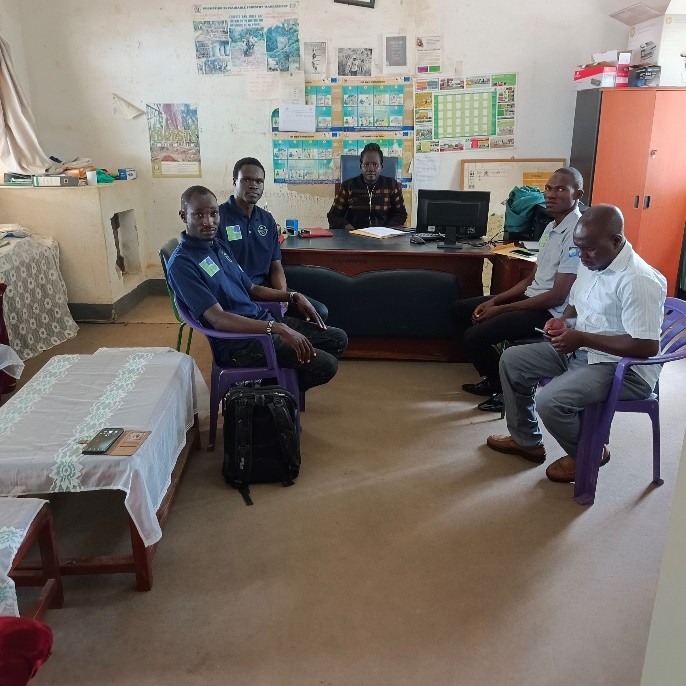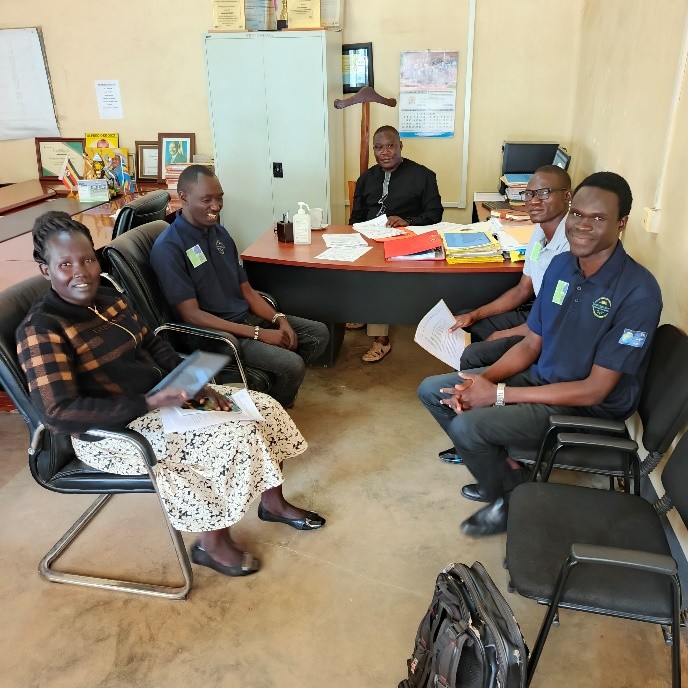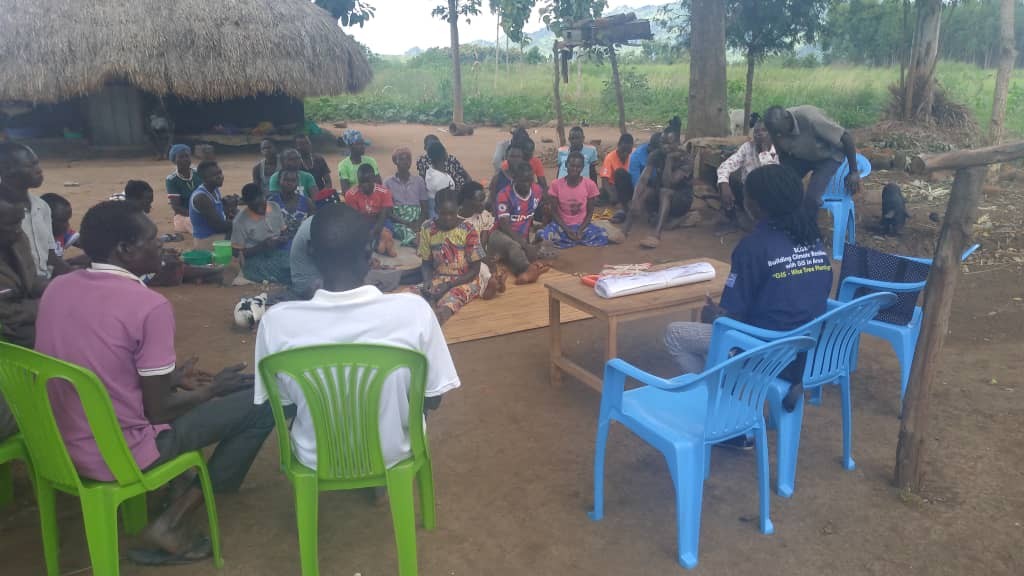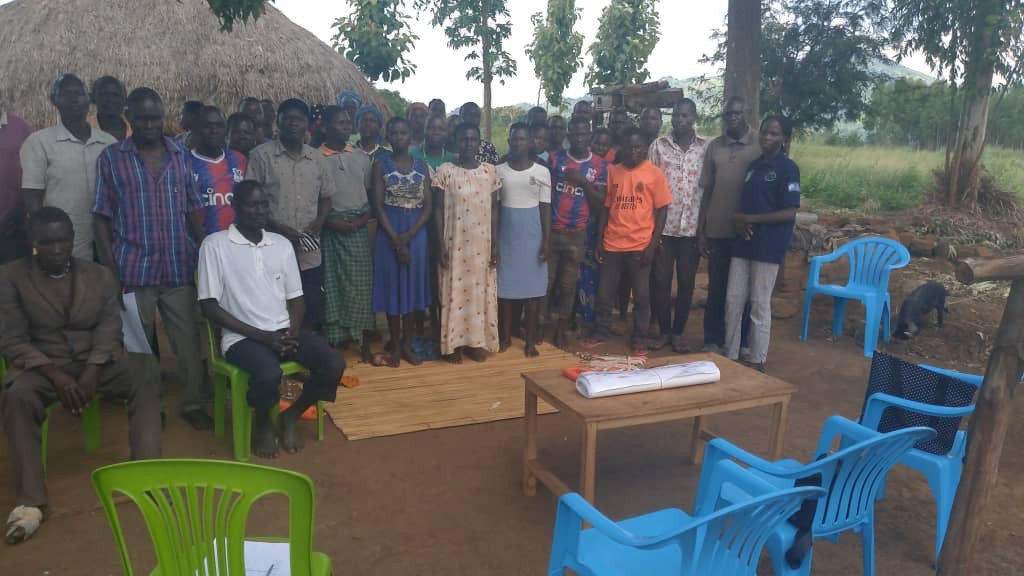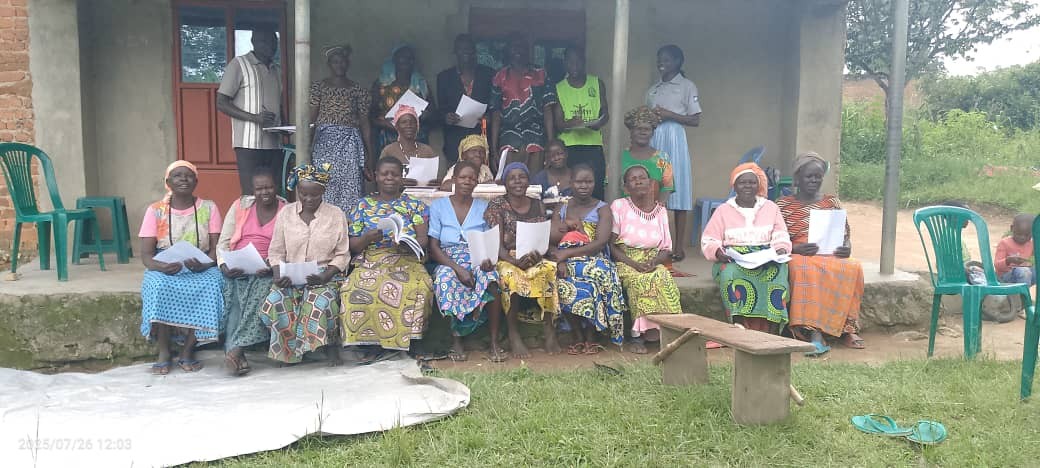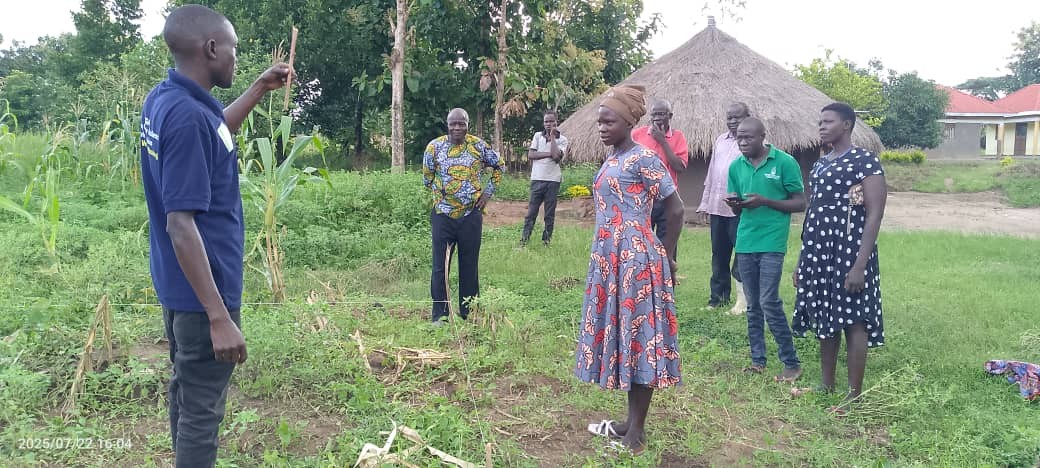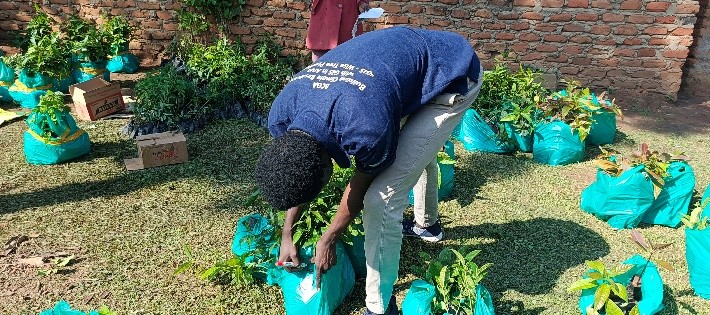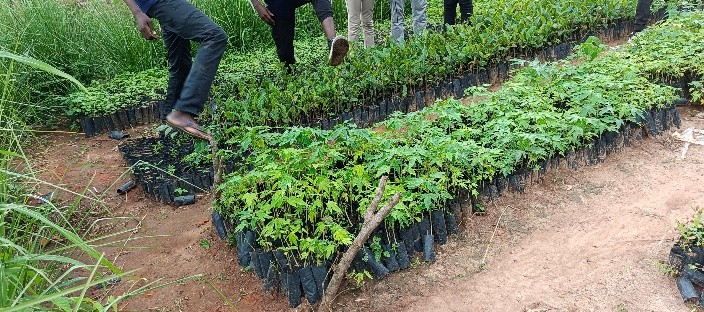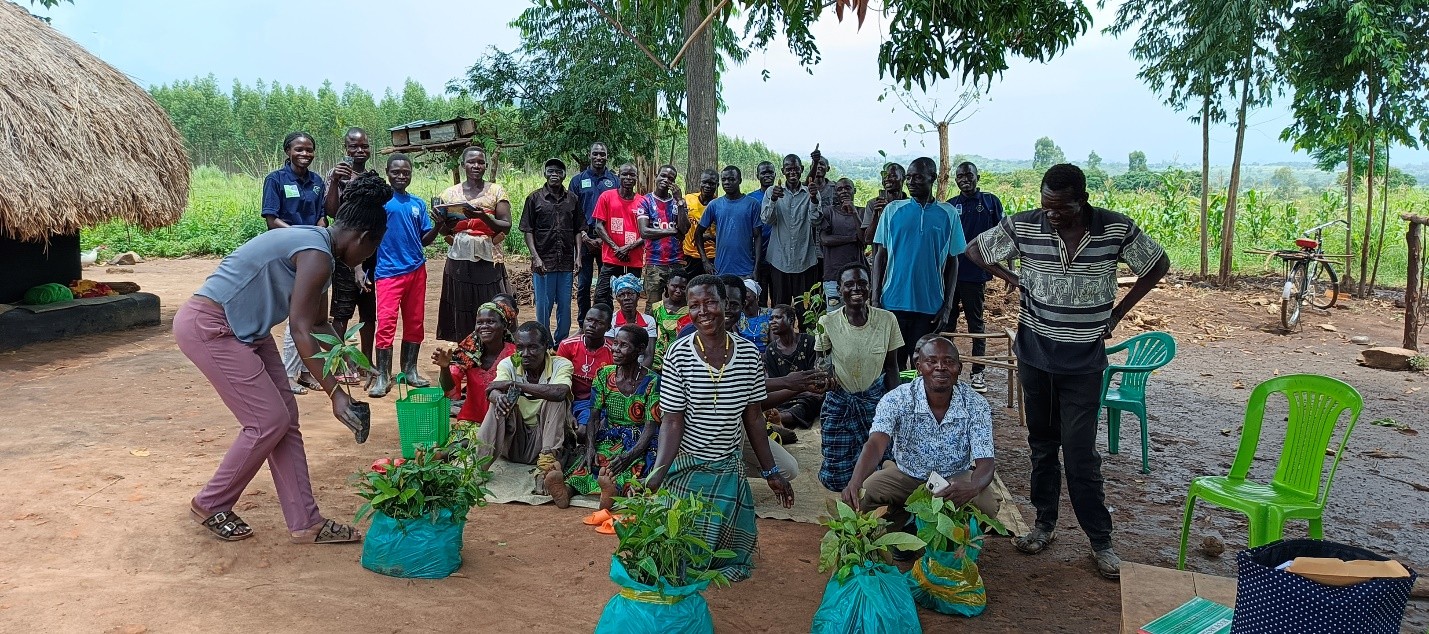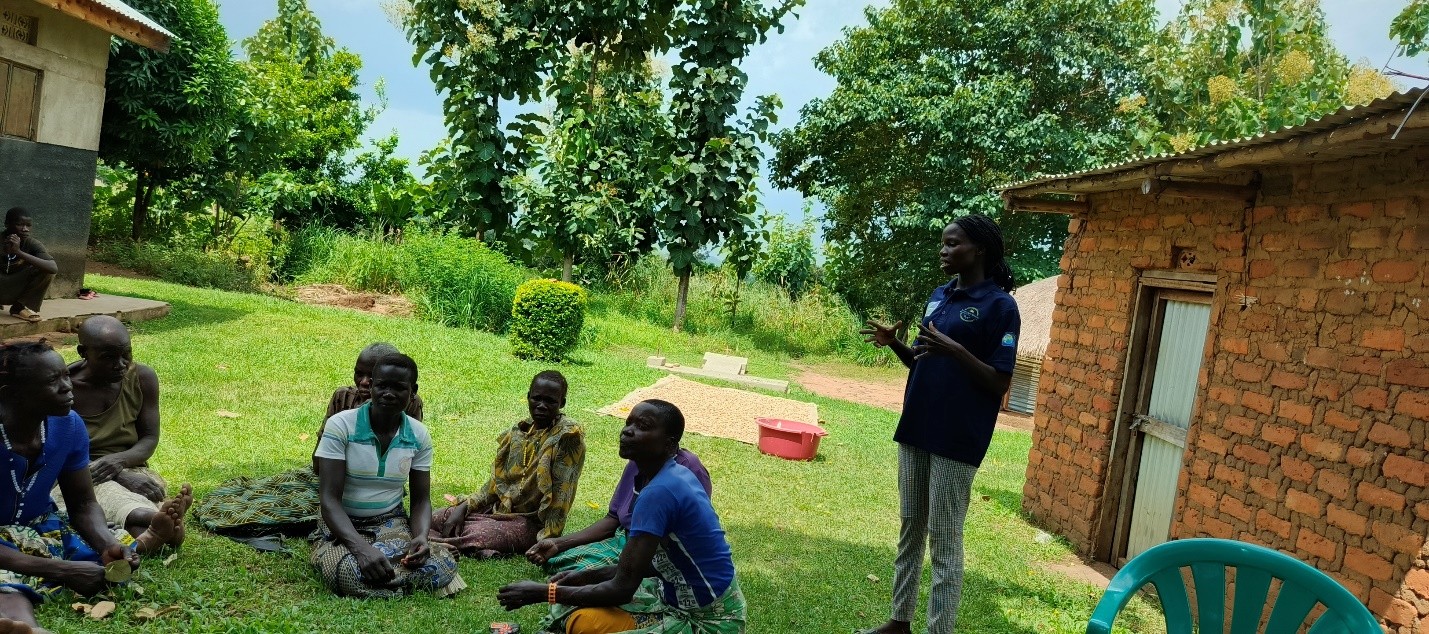Our Projects
BCGA Project - Building Climate Resilience in Arua Using GIS
BUILDING CLIMATE RESILIENCE WITH GIS IN ARUA (BCGA) PROJECT
Our journey to a climate-resilient Arua is built on community, technology, and hands-on action. Here’s a look at the key activities that are making this vision a reality.
1. Building a Foundation: Strategic Partnerships & Community Outreach
Our project began with a powerful kickoff! We were met with a wholehearted welcome from the Arua District local government, starting with an inspiring meeting with the Chief Administrative Officer, Mr. Ogwang Nicholas. We secured crucial support from the District Forestry Officer, Madam Lillian Ayioru, ensuring our work is aligned with local expertise and governance. Our team then took to the field, visiting the subcounties of Ajia, Arivu, and Vurra to meet directly with their dedicated Production Officers—Madam Gertrude, Madam Nancy, and Mr. Bernard. This ground-level engagement is vital for a project built on true partnership.
2. Understanding the Community: A Data-Driven Survey
To ensure our project met the real needs of the community, we conducted a gender-sensitive social dynamics survey. Our team engaged with over 400 farmers across 9 farmer groups and reached over 390 households. We were particularly focused on including women, as they are key players in food security, and we’re proud to report that over 150 women were actively involved. The survey revealed an incredible demand for our support, with farmers requesting over 25,000 trees! While our target for this phase was 3,000, this overwhelming response shows the community’s eagerness to embrace a greener future.
3. Equipping Our Farmers: Hands-On Agroforestry Training
Our next step was to move from data to action. Our devoted team of young experts conducted hands-on training sessions with farmers on various agroforestry measures. We taught them how to use specific tree and shrub species to quickly rejuvenate the soil and how to use pitting techniques to retain fertile topsoil. Our extension team was on the ground every step of the way, providing expert guidance and ensuring the techniques were adopted correctly.
4. Upholding Quality: A Rigorous Nursery Bed Inspection
Our commitment is to quality, and that starts at the source. We meticulously inspected 12 different nursery beds to ensure the seedlings were free of pests and disease. We found one outstanding nursery, run by Madam Milika Obiru, which was certified by the District Forestry Authority. Her nursery was selected as our official supplier, guaranteeing that the over 3,000 tree and shrub seedlings distributed to our farmers were of the highest quality.
5. A Green Future Takes Root: Community-Wide Seedling Distribution
With our high-quality seedlings ready, the moment came for distribution. Our passionate, youth-led team hit the ground running, distributing over 3,000 tree and shrub seedlings to over 390 farming communities. We specifically prioritized distribution to over 150 women, recognizing their critical role in household food security. This was done in close collaboration with the group chairpersons across the 9 farmer groups, ensuring every seedling reached its intended home.
6. Lasting Impact: Follow-Up and Monitoring
Our work doesn’t end with distribution. Our team is committed to a lasting impact, which is why we’ve been conducting regular follow-ups. These visits ensure the trees are properly planted and cared for, helping to promote the long-term adoption of agroforestry measures and strengthen climate resilience for years to come
- Our hard work is paying off! Here are some of our key accomplishments to date:• Community Empowerment: Over 300 households reached and trained in agroforestry measures.
- Data-Driven Action: Suitability maps for tree planting have been developed for key subcounties in Arua District.
- Tangible Change: Over 3,000 different tree and shrub species distributed to farmers, strengthening agroforestry in their farming systems.
- Gender-Focused Leadership: Over 150 women trained in agroforestry and recognized for their pivotal role in food security.
- Global Recognition: Featured in UNDP posts and showcased at the prestigious COP 16 summit.
- Strengthened Partnerships: An official partnership with the Youth for Climate Organization and the Italian Ministry of Environment and Energy.

